Growing Focus on Biomanufacturing
The Biotechnology Instrument Market is increasingly shaped by the growing focus on biomanufacturing processes. As industries seek sustainable and efficient production methods, biomanufacturing has emerged as a viable alternative to traditional manufacturing. The Biotechnology Instrument Market is projected to reach USD 20 billion by 2025, driven by the demand for biologics and biosimilars. This shift necessitates the development of advanced biotechnology instruments that can optimize production processes, ensure quality control, and enhance yield. Instruments such as bioreactors, chromatography systems, and analytical tools are essential for monitoring and controlling biomanufacturing operations. The emphasis on biomanufacturing not only supports the growth of the Biotechnology Instrument Market but also aligns with broader sustainability goals, as it promotes environmentally friendly production practices.
Emergence of Point-of-Care Testing
The Biotechnology Instrument Market is witnessing a transformative shift with the emergence of point-of-care (POC) testing technologies. These innovations enable rapid diagnostic testing at or near the site of patient care, significantly improving patient outcomes and healthcare efficiency. The POC testing market is anticipated to reach USD 50 billion by 2025, reflecting a growing preference for decentralized healthcare solutions. Biotechnology instruments that facilitate POC testing, such as portable diagnostic devices and microfluidic systems, are becoming increasingly vital. These instruments not only provide timely results but also reduce the burden on centralized laboratories. The rise of POC testing aligns with the broader trend of patient-centered care, emphasizing the need for accessible and efficient diagnostic solutions within the Biotechnology Instrument Market.
Advancements in Research and Development
The Biotechnology Instrument Market is significantly influenced by ongoing advancements in research and development (R&D). As scientific inquiry progresses, the demand for innovative instruments that support complex biological research is escalating. For instance, the global biotechnology R&D spending is expected to exceed USD 300 billion by 2025, reflecting a commitment to enhancing research capabilities. Instruments such as high-throughput screening systems, next-generation sequencing platforms, and advanced imaging technologies are at the forefront of this evolution. These tools not only facilitate groundbreaking discoveries but also streamline workflows in laboratories, thereby increasing productivity. The continuous investment in R&D within the biotechnology sector underscores the critical role of advanced instruments in driving scientific progress and innovation, ultimately shaping the future landscape of the Biotechnology Instrument Market.
Regulatory Support and Funding Initiatives
The Biotechnology Instrument Market is bolstered by supportive regulatory frameworks and funding initiatives aimed at fostering innovation. Governments and regulatory bodies are increasingly recognizing the importance of biotechnology in addressing healthcare challenges. For instance, funding for biotechnology research has seen a substantial increase, with public and private investments projected to reach USD 50 billion by 2025. This financial backing is crucial for the development of new instruments that comply with stringent regulatory standards. Moreover, favorable policies and streamlined approval processes encourage companies to invest in the development of advanced biotechnology instruments. As a result, the market is likely to witness a proliferation of innovative products that enhance research capabilities and improve patient outcomes, further solidifying the role of regulatory support in the Biotechnology Instrument Market.
Increasing Demand for Personalized Medicine
The Biotechnology Instrument Market is experiencing a notable surge in demand for personalized medicine. This trend is driven by advancements in genomics and biotechnology, which enable tailored treatment plans based on individual genetic profiles. As healthcare providers increasingly adopt precision medicine approaches, the need for sophisticated biotechnology instruments that can analyze genetic data is paramount. The market for personalized medicine is projected to reach USD 2.4 trillion by 2025, indicating a robust growth trajectory. Consequently, biotechnology instruments that facilitate genetic sequencing, biomarker discovery, and patient-specific drug development are becoming essential. This shift towards personalized healthcare not only enhances treatment efficacy but also drives innovation within the Biotechnology Instrument Market, as companies strive to develop cutting-edge technologies that meet the evolving needs of healthcare professionals.


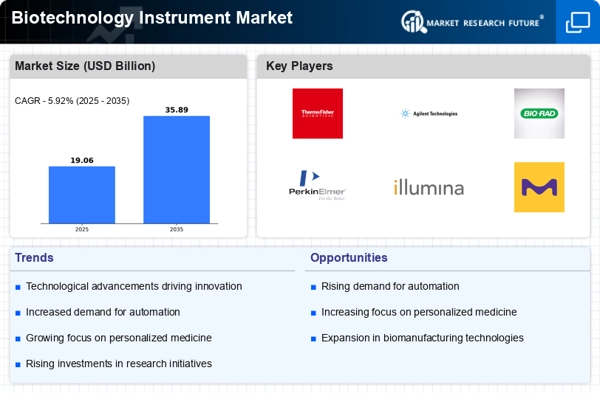
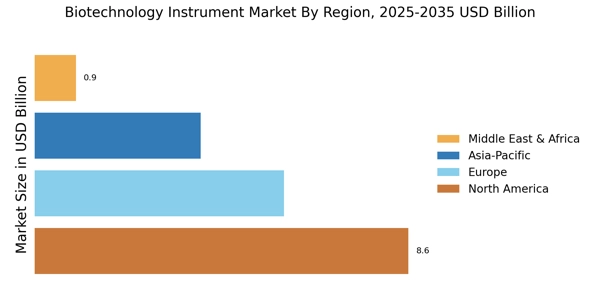

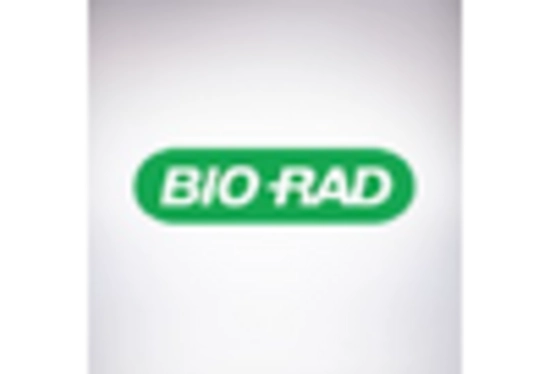
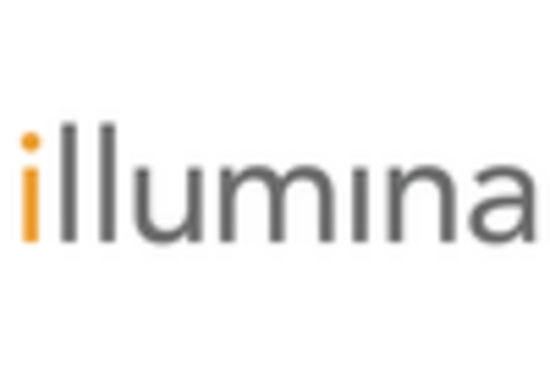

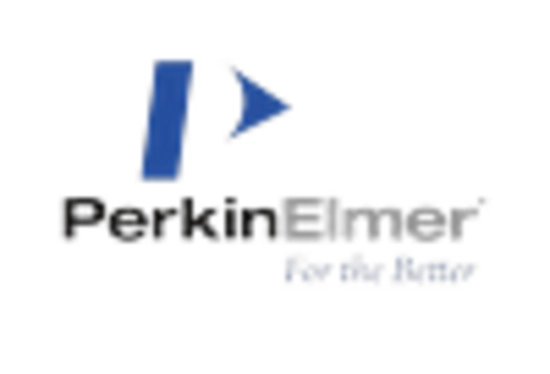









Leave a Comment